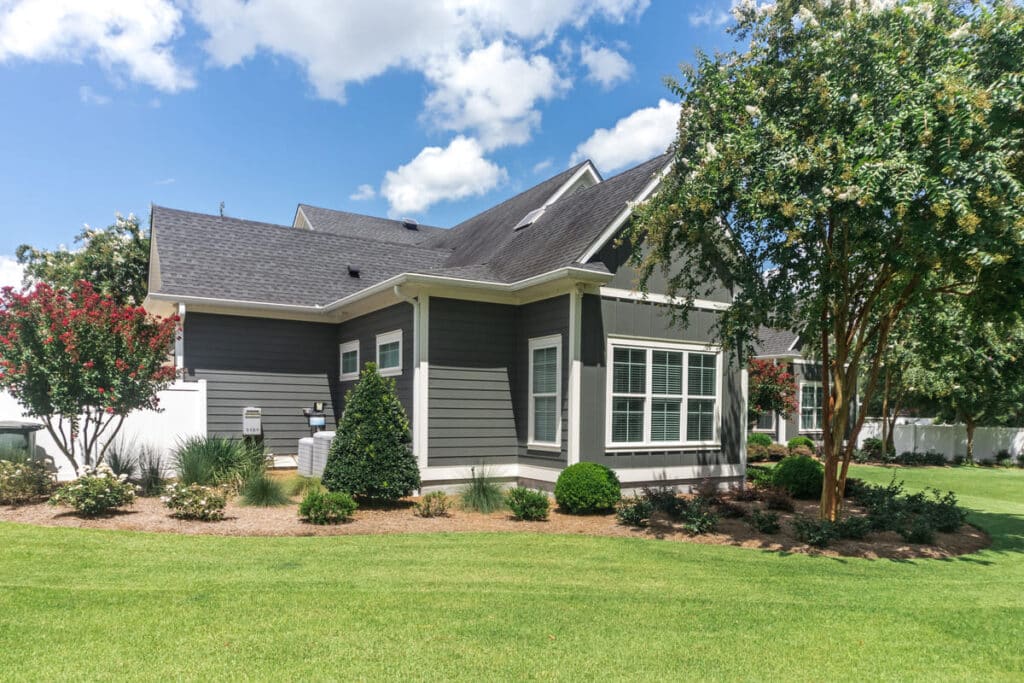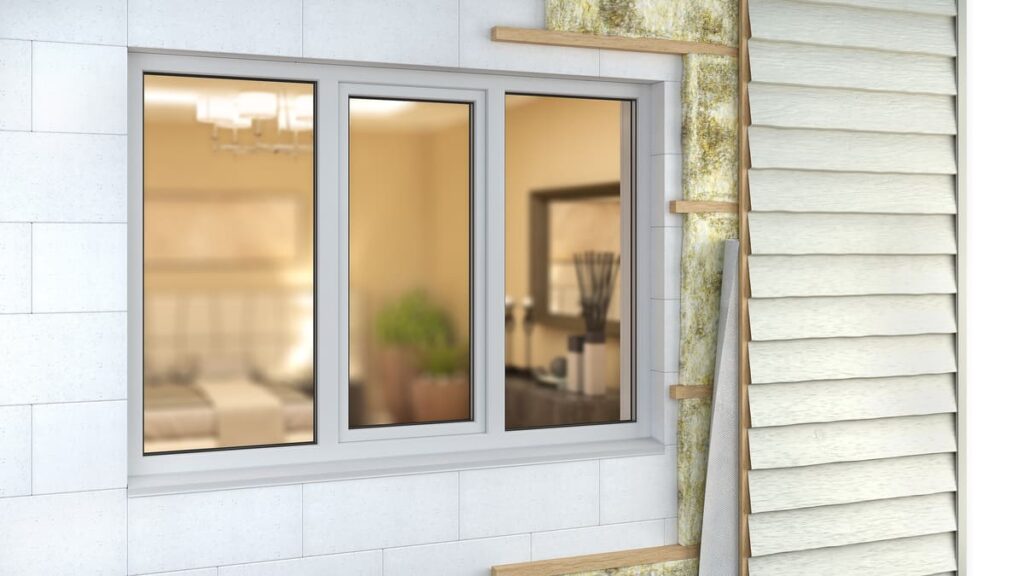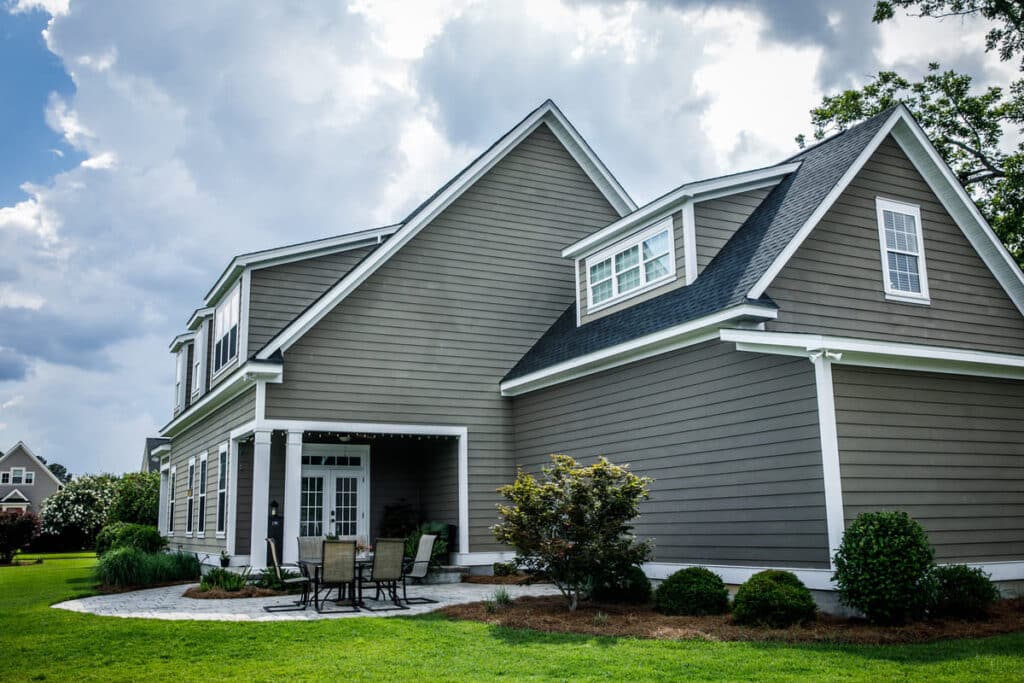Your home is one of the biggest investments you’ll make. Whether you are renovating a home in Southeastern Massachusetts or having a brand-new home built, your choice of siding will have a big impact on its value and durability. One of the smartest choices for affordable, durable siding is fiber cement siding.
Our siding specialists at Beantown Home Improvements are experts in a variety of siding options for your home, including James Hardie fiber cement siding. Learn more about the pros and cons of fiber cement siding, how it compares to other siding options, and why you may want to consider this type of siding for your Middleborough, Massachusetts, home.
What Is Fiber Cement Siding?

Fiber cement siding is a durable, low-maintenance, flexible siding option that many homeowners choose. One of the key reasons fiber cement siding is so popular is because it can be made to mimic almost any other type of siding while being low-maintenance. Makers of fiber cement siding combine cement, sand, and cellulose to make a sturdy and environmentally-friendly siding alternative to natural wood, vinyl, or aluminum.
Key Benefits of Fiber Cement Siding
Why do homeowners choose fiber cement siding? There are many key benefits to this type of siding. Below are just a few of them.
- Durability. Because of its makeup of sand, cement, and cellulose, fiber cement siding is long-lasting and durable, and can last up to 50 years plus when cared for properly.
- Fire Resistance and safety benefits. Fiber cement siding is non-combustible, making it a safer alternative to wood siding. In addition, fiber cement siding does not off-gas harmful VOC chemicals like vinyl siding may.
- Low Maintenance and curb appeal. You only need to wash your fiber cement siding about once a year to keep it looking fresh and new, while it only needs repainting every 10 to 15 years. One of the pleasures of fiber cement siding is its versatility and curbside appeal.
Drawbacks and Considerations of Fiber Cement Siding
Fiber cement siding has numerous pros and a few cons, including:
- Higher upfront costs. This type of siding costs more per square foot than wood, vinyl, or aluminum.
- Needs professional installation. While homeowners can install this type of siding themselves, they need specific tools to get the job done. A professional installer will have these tools.
- Heavier than wood or vinyl. Fiber cement siding is heavier than other types of siding. Your home may need structural support to handle the added weight.
Even though there are a few drawbacks to fiber cement siding, the benefits, such as low maintenance, durability, and pest and rot resistance, make this type of siding a smart choice for select homes.
Fiber Cement vs. Other Siding Materials
Homeowners in Southeastern Massachusetts have options when it comes to their home’s siding. In a siding comparison, you can see which option is best for your home and budget.
1. Fiber cement vs. vinyl siding
One of the drawbacks of vinyl siding is that it’s prone to cracking under freezing temperatures. Fiber cement can endure freezing-thawing cycles.
2. Wood vs. fiber cement
While wood siding has a natural beauty to it, it is vulnerable to weather, pests, and UV rays. Wood siding requires high maintenance to keep it looking fresh and to prevent pest and rot damage.
3. Fiber cement vs. aluminum siding
Aluminum siding is an affordable option, but it doesn’t have the same upscale curbside appeal that fiber cement siding does. In addition, aluminum siding can get damaged from wind-borne debris and fade under intense sunlight.
Installation Process

Installing fiber cement siding requires specialized tools such as saws with diamond-tipped blades, masonry bits, or carbide-tipped hole saws, gecko gauges, and protective wear. Professional installers have the required tools and know how to work with them, ensuring precision cuts that will create a proper fit for your fiber cement siding.
Maintenance and Long-Term Care
One of the primary reasons homeowners select fiber cement siding is its low maintenance. Professional siding companies recommend washing the siding with a hose or pressure washer about once a year. If you have stains that won’t come out, avoid the use of harsh chemicals. Simply use a soft brush and mild detergent to remove them. If any of your panels develop cracks or chips, have them repaired to prevent water or pest damage. Depending on your location, you should have your fiber cement siding repainted every 10 to 15 years to retain its renew its appearance.
Making the Right Choice for Your Home

Choosing the right siding for your home requires careful consideration of cost, longevity, and appearance. At Beantown Home Improvements, our team will consult with you and discuss your siding needs so you will be able to make the right choice for your home. Keep in mind that fiber cement siding is one of the most versatile materials you can pick for your home’s siding, and it can help protect your home and your family from Southeastern Massachusetts weather and environmental conditions.
Learn More About the Benefits of Fiber Cement Siding
Fiber cement siding is gaining in popularity due to its strength, flexibility, and attractiveness. It’s a cost-effective alternative to wood siding that doesn’t sacrifice the appearance of the exterior of your home. Contact our siding experts at Beantown Home Improvements to learn more about fiber cement siding, its practical applications, and to schedule a consultation with our siding advisors. We service several locations in Southeastern Massachusetts for all your home’s roofing and siding needs.
